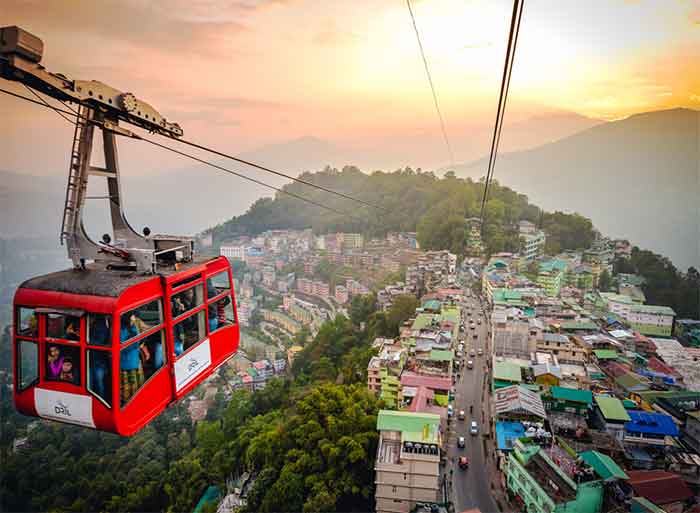
The availability of digital payment options in tourist destinations, accommodations, restaurants, and other businesses is crucial for enhancing travellers’ overall experience and convenience. In today’s post-pandemic era, online transactions have gained significant prominence as the preferred method of payment, encompassing small retail shops, supermarkets, restaurants, cafes, and even ticket purchases. However, addressing the challenges that may arise during such transactions is imperative.
During my visit to Bengal Safari on January 1, 2023, situated in Siliguri, I encountered difficulties attempting to make an online payment at the canteen within the premises due to poor network connectivity. Regrettably, this issue was not confined to Bengal Safari alone, as I faced similar challenges while exploring various tourist destinations in Sikkim.
Notably, some tourist destinations in Sikkim have limited availability of ATMs, and at times, these ATMs do not have sufficient cash. Such situations can impact travellers (non-smartphone users) who rely solely on ATM withdrawals, potentially affecting their ability to enjoy their visit to the area and potentially discouraging future visits.
Acknowledging the needs of non-smartphone users who visit these tourist spots is crucial. To accommodate their requirements, it is advisable to ensure ample ATM facilities or swipe machines are available for cash withdrawals.
Furthermore, while digital payment methods offer several advantages, travellers may still prefer to carry cash for various purposes, such as tipping hotel maids, tour vehicle drivers, or assisting individuals with luggage. Additionally, in remote and scenic destinations with limited network connectivity, relying solely on digital payments may not be feasible. To address this issue, providing clear information boards before the entry points of such areas is recommended, informing travellers about the absence of digital payment options while offering cash withdrawal facilities. This approach aligns with the growing trend of travellers relying more on their mobile phones for transactions instead of carrying a wallet filled with cash, thus ensuring their overall satisfaction.
Integrating digital payment solutions while considering the diverse needs of different types of travellers, tourist destinations, and businesses can enhance the quality of service provided. The convenience, safety, and security offered by digital payment methods contribute to a more seamless and enjoyable travel experience, ultimately fostering greater customer satisfaction.
Pema Choden Bhutia is a Research Scholar at Madras Institute of Development Studies, Chennai.
Email: [email protected]
















































